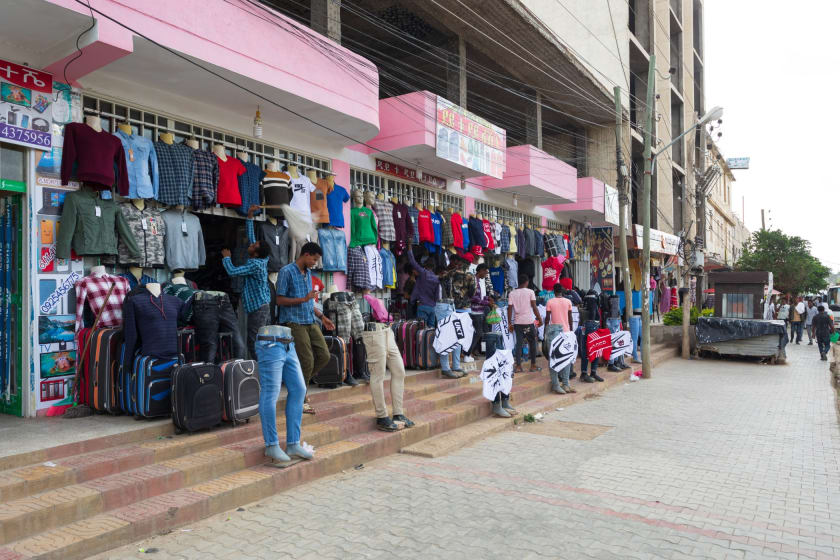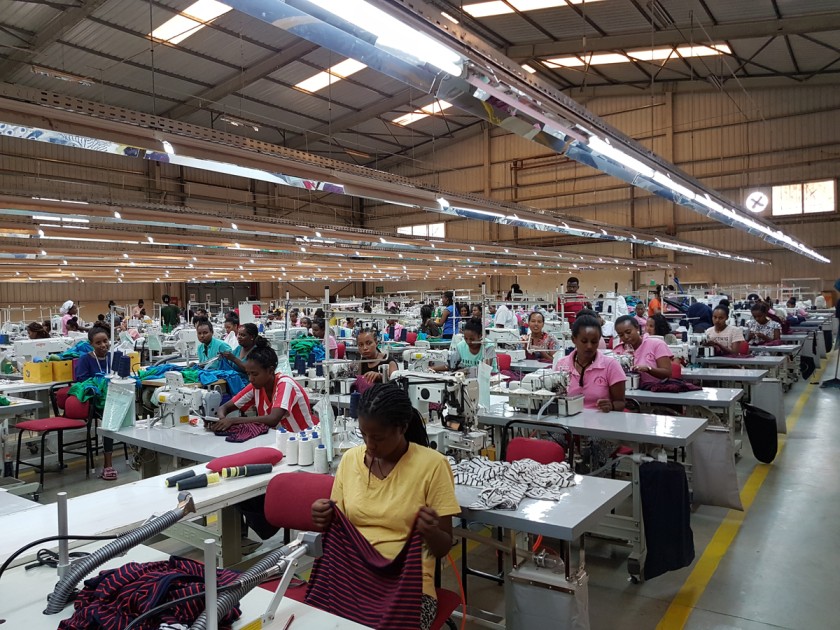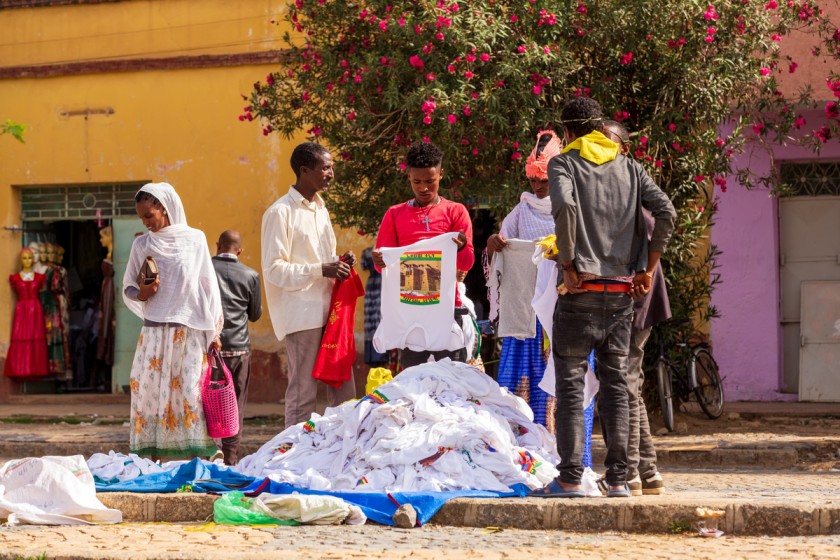A Case Study on Ethiopian Garment Industry



One can identify the garment industry has as a critical factor in Ethiopia’s economic growth since 1995. The performance of the garment industry was somewhat at a backseat until the introduction of the Growth and Transformation Plan (GTP) in 2015.
Under the GTP policy, industrial zones have been constructed or should be built across areas surrounding the city of Addis Abba. The government has drastically improved its foreign investment incentives and policies in this sector.
The Ethiopian garment industry and clothing Ethiopia is at par with many countries such as China, Bangladesh, and other European countries. It is a hub for buying apparel, fabrics, and other accessories required for garment designing.
Large firms and multinational brands such as Hennes and Mauritz, Primark, and Tesco are prime buyers from the Ethiopian market. Cheap labor at the African market is one of the primary reasons for shifting demands towards the Ethiopian native.
They are moving their operations and business to cheaper labor and land, with the easy laws and regulations making things straightforward. Wages for garment workers are almost the lowest compared to the other parts of the world, and the government has its hand in enjoying the perks of large firms investing in their land.
The first garment-textile industry began in 1939, and in the last five years, the textile & apparel industry has seen an unprecedented growth of around 51%. There has been an increase in international licensing for foreign investors during this period.
The growth of the apparel industry is directly proportional to the setting up of an industrial strategy. This step will ultimately provide a boost for industrial development within the state. The Ethiopian government prioritizes and designs incentives and policies to attract buyers and investors because of the rising global competition.
Competitors in the Textile Industry
Ethiopia has around 115 garment industries, encompassing small, large, and medium enterprises. The employed artisanship in these industries is about 500-1000 and is primarily owned and controlled by Chinese, Indian, and Turkish investors.
The Chinese have the most number of shareholders and are one of the world’s largest shoemakers, such as Guess, Nine West, Naturalizer, and many more luxury brands. China collaborates with the African government on the China-Africa development fund (CAD Fund), with the Huajian Group being its local partner for deals.
Yet another large fish in the Ethiopian garment market is the Turkish government; it runs the Ethiopian operations through Ayka Textiles. The Ayka Addis is the Ethiopian subsidiary of the Turkish textile giant “ Ayka Textiles.”
Ayka had an investment of around US$140 million with a clothing Ethiopian factory in 2014. This investment has risen to many folds and employs so many locals.
However, many manufacturers have been facing challenges regarding the worker wage and working systems. Certain bureaucratic and logistic hurdles are equally time-consuming and frustrating.
Workers receive meager wages, and they come with an unskilled background, making it difficult to adjust to the growing demands of the industry.
The Plight of the Garment Industry in Ethiopia

The government has already strained relationships with the workers due to the low wages. Adding to this aspect is the greater challenge of ethnic tensions. The 2019 rebellion had uprooted many workers from doing their work and disrupted the industrial setup.
Conflicts are a major reason why investors are tipping off from their earlier investments. Investors are worried about their investments due to political instability in the country.
If the industrial sector collapses, it will be disastrous. There would be a wastage of money. The deals between the foreign investors and the Ethiopian government in the region will fall through owing to outstanding financial debts in the country.
Therefore, experts view the Ethiopian garment industry as a possible ladder towards the country’s growth and economic upliftment in the future.
Governing Laws for a Business Start-up

The country’s federal laws govern the textile industry of clothing in Ethiopia. These laws are strict, and their non-compliance may lead to defaulters.
A foreign investor firm must follow the Ethiopian Investment Commission or the EIC rules. If you wish to root a firm as a foreign investor in the Ethiopian land, you should follow the below steps:
- Obtain an investment license
- Get a construction permit
- Notarize all the documents
- Grade your construction contractor
- Secure land for your project
The garment and textile industry in Ethiopia survives only for three significant reasons:
- Low cost of worker/low wages
- Easy procurement of raw materials
- Low energy
The above-listed three reasons are the major driving force behind a sustainable garment industry in Ethiopia. There are a lot of unfulfilled challenges that the country has been facing due to it being an underdeveloped nation, struggling through poverty and illiteracy. The underprivileged population remains unnoticed and unaware despite working hard.
The unavailability of raw materials hampers the product cycle and delivery time. The country imports the raw materials. The machinery used demands specialized knowledge. Products delivered on time are facing a lack of marketing skills. Adopting a rigorous marketing strategy is of concern to the garment industry.
Conclusion
The Ethiopian garment industry has been striving with a lot of hurdles. But with the right government policies, disseminating more knowledge about specialized machines to the local people, and inducting them to contribute towards their own countries, the garment industry can boost economic growth and be more inviting to the international market.
Clothing Ethiopia manufactures its collections with the help of international brands. Similarly, Fashinza helps manufacturers by giving them up-to-date information regarding buyers and suppliers.
Also, the website is a carefully guided methodology that makes you understand the entire process of design to delivery. You can learn about buyers, suppliers, procurement of raw materials, and much more at Fashinza.



















